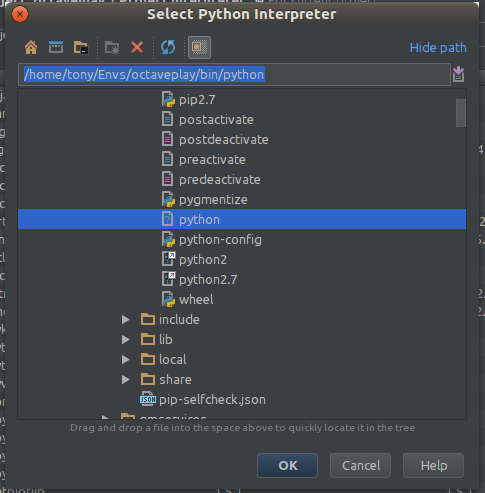Toy project to play with octave and other things.
- Install octave
sudo apt-get install octave
You only need to do this once in life
- Install virtualenwrapper
You also need to do this only once in a lifetime.
virtualenvwrapper is a convenience tool to work with virtualenvs in python.
Once installed, your bash will have some commands available, like mkvirtualenv and workon
To install virtualenvwrapper, follow the installation instructions according to your OS
- Create the octaveplay virtualenv
mkvirtualenv octaveplay
This creates a virtualenv called octaveplay, and activate it.
You can see that the venv is active by looking at the (octaveplay) in your bash prompt.
You can deactivate (== get out of) the virtualenv by typing deactivate, and reactivate it with workon octaveplay.
- Install this project's python dependencies inside the octaveplay virtualenv
With the virtualenv active, do:
pip install -r requirements.txt
with your virtualenv active, start the jupyter-notebook server
jupyter-notebook
Then point your browser to http://localhost:8888/.
There. You can browse the *.ipynb files, like the normaleq.ipynb example.
There's no need to activate the virtualenv for this, since you won't be using python. Just run the normaleq.oct in octave:
octave normaleq.oct
Go get Pycharm, the community version is OK.
Once installed, go to File/Open and open the octaveplay folder.
Now you need to tell Pycharm to use the python interpreter from octaveplay virtualenv in this project.
Go to File/Settings and find the Project interpreter config screen.
Now click the top-right cog and select "Add local"
Find the python executable on your octaveplay virtualenv. Mine is at /home/tony/Envs/octaveplay/bin/python
Hit OK and you shoud get a new interpreter option on your Project interpreter dropdown list. Select that one and your Pycharm will understand that it should use that python executable to run the stuff in your project.
Now you can open and run the *.ipynb files directly from Pycharm
That's what I got for you so far :-)




